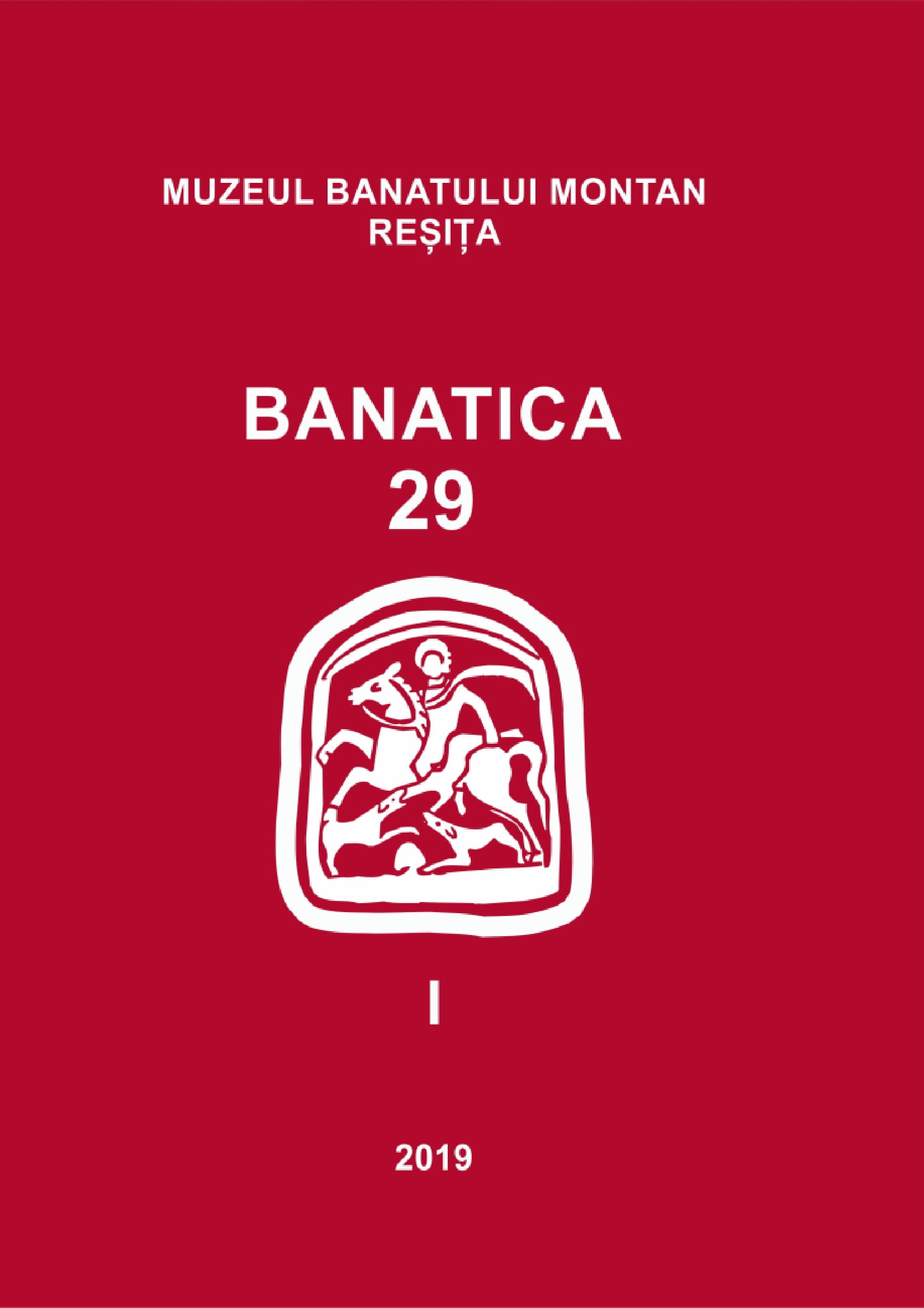Possibilities and methods for reconstruction of the settlement structure of the medieval Bodrog county
Possibilities and methods for reconstruction of the settlement structure of the medieval Bodrog county
Author(s): István PányaSubject(s): History, Archaeology, Economic history, Local History / Microhistory, Middle Ages, 13th to 14th Centuries, 15th Century
Published by: Editura Mega Print SRL
Keywords: medieval settlement network; settlement boundaries; GIS; Ottoman wars; historical geography
Summary/Abstract: Bodrog County is one of the tragic fate counties of the Kingdom of Hungary. Its history is typical, its medieval population and settlement network were almost completely destroyed in the 16th century, and most of its medieval resources disappeared. For this reason, the historical geographic research of Bodrog County is a major challenge. The aim of my research is to reconstruct the medieval settlement network of Bodrog County; to summarize the general history of Bodrog County, with special regard to the medieval and early modern administration and the changes in the settlement boundaries. This multidisciplinary research is based on written, pictorial and field-based archaeological, ethnographic, historical and geographical data.The most important element of the research is a GIS system developed for geographical settlement modeling, in which literature and field data are used; furthermore various remote sensing and map data were summarized and evaluated. Another unique methodological element of the research is the socalled “social archeology”, which provided a wealth of data during intensive archaeological field research. The fact that Bodrog County is located partly in the southern part of present-day Hungary and in the northern part of present-day Serbia has made the research more difficult. The size of the county changed several times during it’s slightly more than five-centuries-long existence. Between the 11th and 13th centuries, its area stretched from the Danube to the Tisza River in an east-west direction, and from the present Kiskunhalas in the north to Verbász (Vrbas, Serbia) and Szenttamás (Srbobran, Serbia) in Bačka in the south. The result of this research is a database of medieval settlements in Bodrog County, including maps and aerial imagery available from archaeological research and the literature to the present day. Simultaneously, the development of a printed and online database of the collected data has begun. The primary purpose is to make this database available to professionals and civil users. The research has revealed that many of the written sources of Bodrog County have been lost over time. However, compared to the surrounding counties, there are many medieval documents that contain a lot of useful geographical data suitable for settlement modeling.
Journal: BANATICA
- Issue Year: 1/2019
- Issue No: 29
- Page Range: 321-358
- Page Count: 38
- Language: English, Romanian

